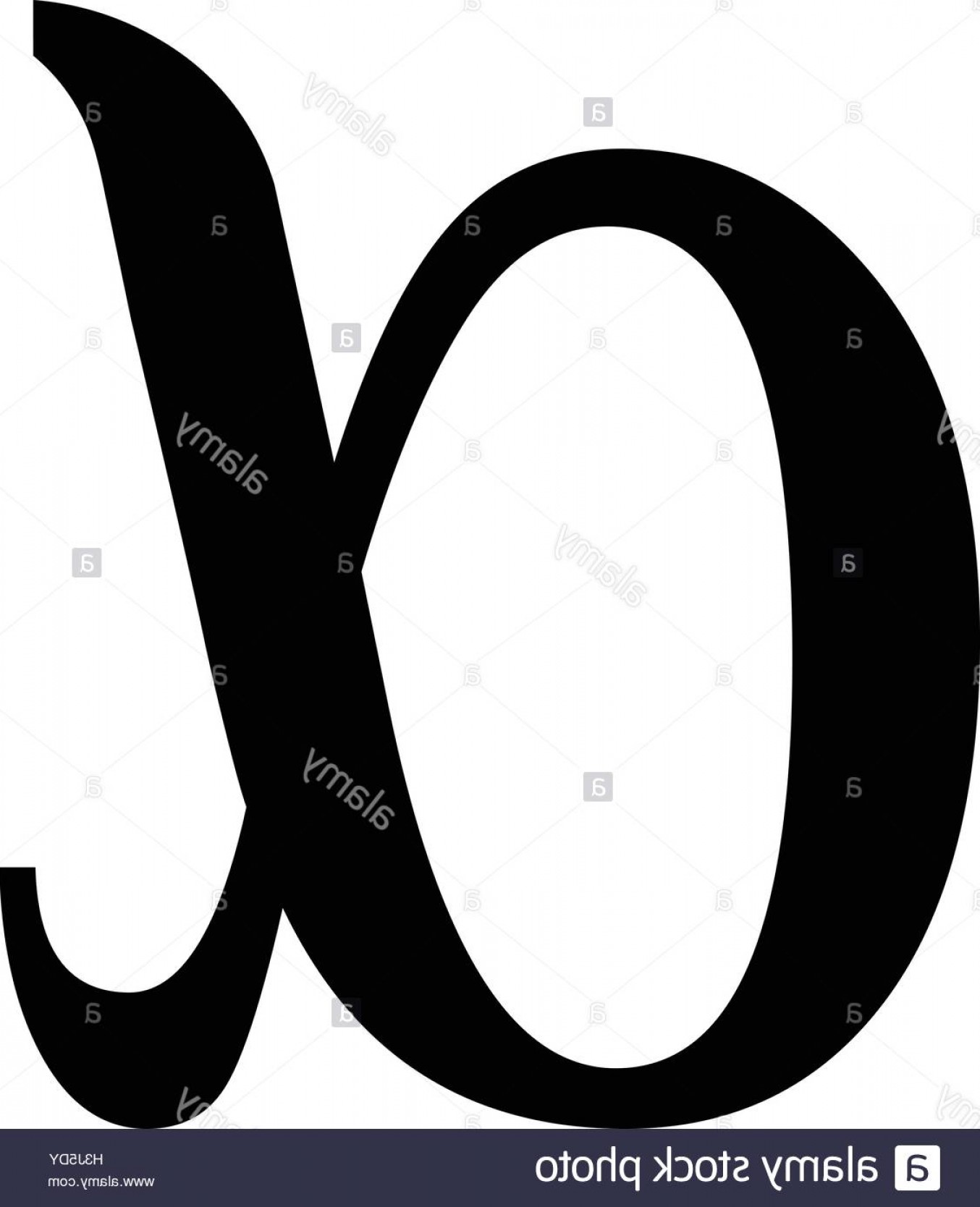

Using delta (Δ) to represent a difference in measurement.Using lowercase pi (𝜋) to represent the circumference to diameter ratio of a circle.Greek letters are commonly used in math and science to represent things like constants or variables.

Let’s look at some instances where we use letters from the Greek alphabet. Other uses of letters of the Greek alphabetĪlthough English lives for the moment, it still remembers to ask its grandparent for help every now and again. The modern shapes of these and other letters were influenced by the Greek and Etruscan letters, but they also evolved over time as they were used in medieval manuscripts.ĭo you know which letter was eventually removed from the English alphabet and made into a symbol? Take a look. The letters U and V share a history with each other and the letter W shares a history with both of them. The letter J was actually the last letter added to the English alphabet and was created by an Italian grammarian in the 1500s. Similarly, the letter Q is thought to come from the old Greek letter koppa (Ϙ, ϙ), which was replaced by kappa. The letter F is thought to come from an old Greek letter known as digamma (Ϝ, ϝ) that fell out of use. If you look at the chart again, you’ll notice that some English letters are missing. Some of the Greek letters correspond to sounds rather than letters (click on the image to enlarge): The following chart shows how the letters of the Greek alphabet line up with their English counterparts. It comes from the Hebrew kaph, meaning “palm” or “sole.” It comes from the Hebrew beth, meaning “house.” It is based on the Hebrew word aleph, which comes from the word eleph, meaning “ox.” Some of the names of the Greek letters are actually based on Hebrew words, and the letters’ original shapes are believed to represent what those words meant: The Greek alphabet was developed from the Semitic alphabet of the Phoenicians. It can be traced back to at least 1000 BCE, and it is still in use today in modern Greece. The Greek alphabet was the alphabet used by-you guessed it-the ancient Greeks. The English word alphabet even comes from the first two letters of the Greek alphabet, alpha and beta. The Cyrillic alphabet used in many Central Asian languages is also descended from the Greek alphabet. The Latin alphabet used in English-and many other languages-is derived from the Greek alphabet through Etruscan and with later alterations, such as the addition of the letter W. The Greek alphabet consists of 24 letters and is considered the ancestor to most modern European alphabets. A very brief history of the Greek alphabet The English alphabet had many more members than it does today.
#Alpha symbol series#
If there are more than 24 variants and the WHO runs out of Greek letters, the organization plans to announce a similar series to be used alongside the Greek letter series. Why are we missing three letters? Three COVID-19 variants were briefly classified as epsilon, zeta, and theta, but these variants were “downgraded” by the WHO after further research showed they didn’t meet the criteria to be labeled with a Greek letter. Lambda is the 11th letter of the Greek alphabet. However, major variants such as the Delta variant may be moved up earlier in the list if they are reclassified by the WHO (as the Delta variant was).Īs of August 2021, the WHO lists eight notable variants of COVID-19 with the Lambda variant being the most recent. In general, the Greek letters are assigned chronologically to a COVID-19 variant in accordance with when the particular variant was discovered. While there are many variants of COVID-19, the WHO saves the Greek letters for variants that are especially contagious, virulent, or resistant to vaccines. For example, the name “Delta variant” is much easier to say and remember than its scientific name, “B.1.617.2.” The WHO also stated that the Greek letters would help avoid stigmatizing by not naming variants after the place where they were first detected (e.g., Indian variant). For one, the Greek letters are shorter and easier to remember than the scientific names assigned to different virus variants. The WHO chose the labels for several different reasons. The organization that decided to use Greek letters to refer to COVID variants was the World Health Organization (WHO).

Delta? Lambda? Do these words mean anything? Why are we using them to refer to COVID-19? Delta and lambda are actually letters of the Greek alphabet, and there is a good reason that we are using them to refer to different COVID-19 variants. And just as we were getting used to this new term, a Lambda variant appeared in the news. Lately, it seems everyone has been talking about the Delta variant of COVID-19.


 0 kommentar(er)
0 kommentar(er)
